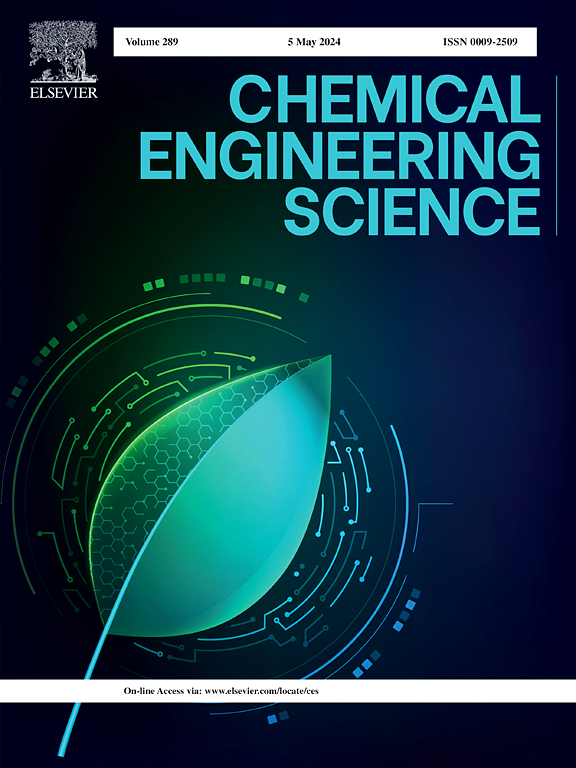Recent advancements on elimination of emerging contaminants by homogeneous metal-catalyzed sulfur(Ⅳ) oxidation
IF 4.1
2区 工程技术
Q2 ENGINEERING, CHEMICAL
引用次数: 0
Abstract
The presence of emerging contaminants (ECs) in the environment poses a significant threat to water security and human welfare, which is an urgent problem to solve. Sulfur(Ⅳ) (S(Ⅳ)) combined with metal ions advanced oxidation technologies (AOTs) can generate diversified reactive oxygen species, showing great performance for ECs treatment. Importantly, the application of S(Ⅳ) can be considered a process of using waste to treat waste. This paper is aimed at reviewing the latest progress on ECs elimination by homogenous metal-catalyzed S(Ⅳ) oxidation. The in-depth mechanism analyses and enhancing strategies on S(Ⅳ) activation were summarized. Subsequently, the pivotal influence factors, such as pH, dissolved oxygen (DO), and S(Ⅳ) concentration for ECs removal performance were analyzed. And intermediate toxicity evaluation of ECs was conducted. This study also indicated that intermediate toxicity effectively decreased after application by such processes. Additionally, some helpful suggestions and prospects were proposed to guide the development direction for metal-catalyzed S(Ⅳ) processes. For instance, most current research is confined to the laboratory scale, necessitating the promotion of translating research outcomes into practical applications. Meanwhile, future studies should focus on improvement on paraments optimization via machine learning. A research gap has been identified for investigating the high-valent metal-oxo intermediates in such processes, especially for ECs degradation. This review is hopeful for promoting understanding and application of metal-catalyzed S(Ⅳ) processes for water purification.求助全文
约1分钟内获得全文
求助全文
来源期刊

Chemical Engineering Science
工程技术-工程:化工
CiteScore
7.50
自引率
8.50%
发文量
1025
审稿时长
50 days
期刊介绍:
Chemical engineering enables the transformation of natural resources and energy into useful products for society. It draws on and applies natural sciences, mathematics and economics, and has developed fundamental engineering science that underpins the discipline.
Chemical Engineering Science (CES) has been publishing papers on the fundamentals of chemical engineering since 1951. CES is the platform where the most significant advances in the discipline have ever since been published. Chemical Engineering Science has accompanied and sustained chemical engineering through its development into the vibrant and broad scientific discipline it is today.
 求助内容:
求助内容: 应助结果提醒方式:
应助结果提醒方式:


